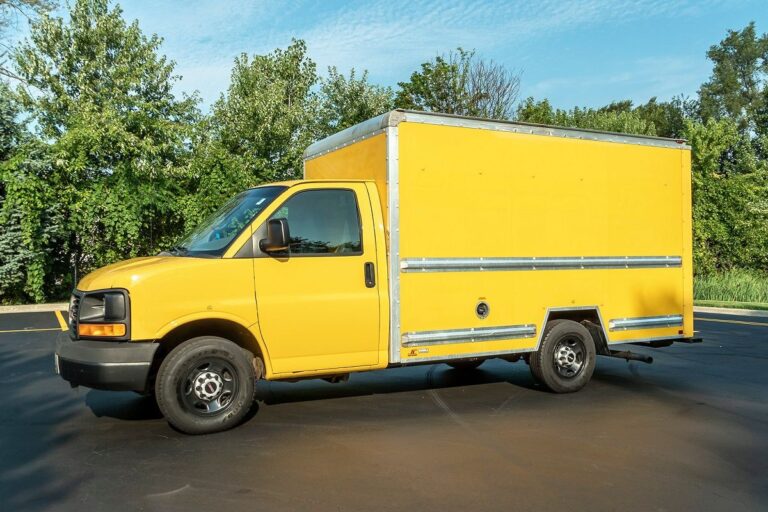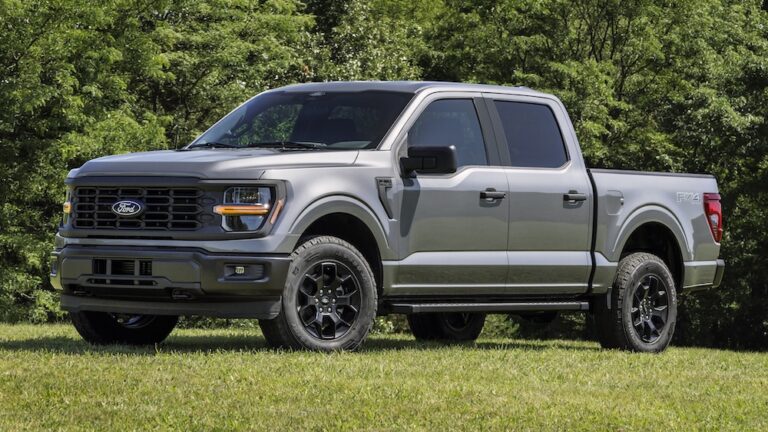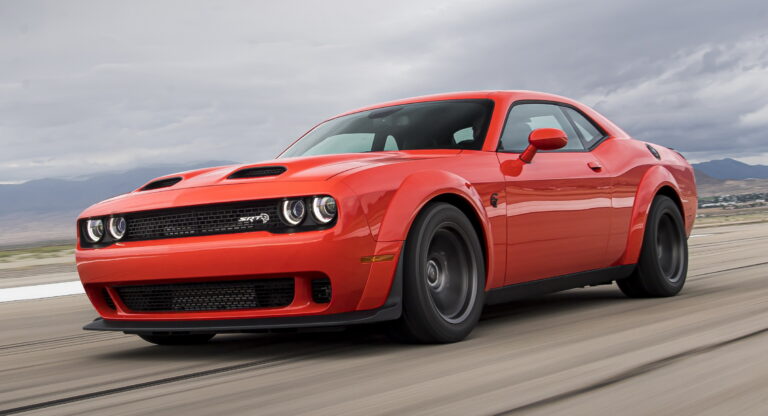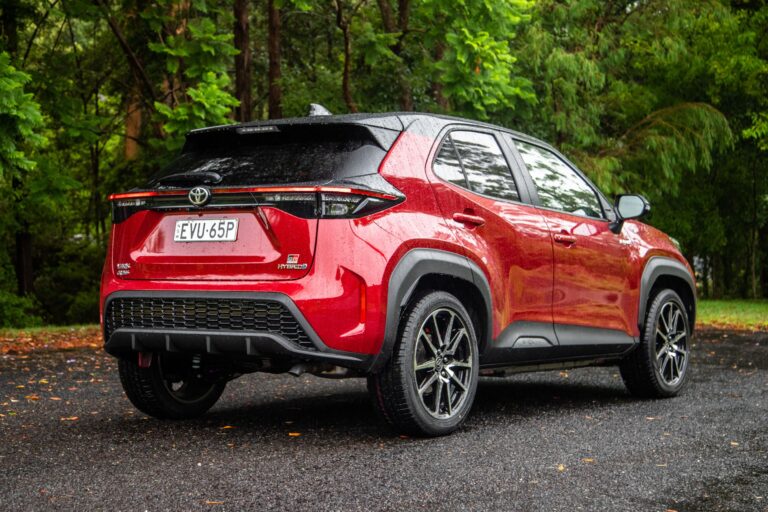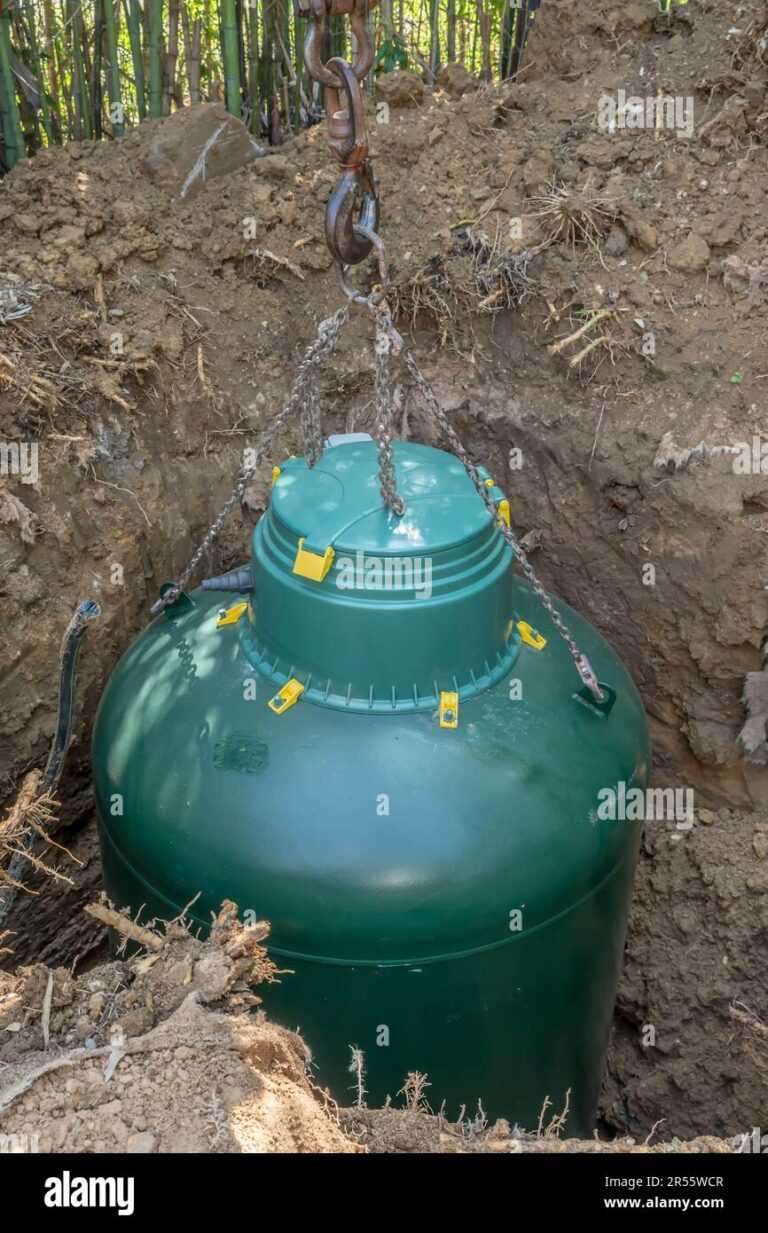New 1 Ton Trucks For Sale: Your Ultimate Guide to Heavy-Duty Hauling Power
New 1 Ton Trucks For Sale: Your Ultimate Guide to Heavy-Duty Hauling Power cars.truckstrend.com
The term "1 Ton Truck" conjures images of immense power, serious towing capability, and unwavering durability. These aren’t your average daily drivers; they are purpose-built machines designed to tackle the toughest jobs, from hauling heavy equipment and towing large RVs to serving as the backbone of commercial fleets. If you’re in the market for a vehicle that can truly handle the heavy lifting, understanding the landscape of new 1-ton trucks for sale is crucial. This comprehensive guide will walk you through everything you need to know, from deciphering the "1 ton" designation to navigating the buying process for these impressive beasts of burden.
Understanding the "1 Ton" Designation
New 1 Ton Trucks For Sale: Your Ultimate Guide to Heavy-Duty Hauling Power
Historically, the "1 ton" designation referred to a truck’s payload capacity – the amount of weight it could carry in its bed and cab, typically 2,000 pounds or one ton. However, this nomenclature is largely outdated for modern vehicles. Today, 1-ton trucks, also known as Class 3 trucks, boast payload and towing capacities far exceeding a mere 2,000 pounds.
Instead of the historical "ton" rating, modern truck capabilities are defined by several key metrics:
- Gross Vehicle Weight Rating (GVWR): The maximum permissible total weight of the truck, including the vehicle itself, its passengers, cargo, and any accessories. For 1-ton trucks, GVWR typically ranges from 10,001 lbs to 14,000 lbs.
- Gross Combined Weight Rating (GCWR): The maximum permissible total weight of the truck, its contents, and any attached trailer. This is the ultimate number for understanding a truck’s total pulling power.
- Payload Capacity: The maximum weight of cargo and passengers a truck can carry. This is calculated by subtracting the truck’s curb weight (weight of the empty truck) from its GVWR.
- Towing Capacity: The maximum weight a truck can safely tow. This varies greatly depending on the engine, axle ratio, drivetrain, and specific configuration (e.g., conventional vs. fifth-wheel/gooseneck).

When shopping for new 1-ton trucks, these are the figures you should prioritize, not the antiquated "1 ton" label.
Why Buy a New 1 Ton Truck?
Investing in a new 1-ton truck offers numerous advantages that make it a compelling choice for many buyers:
- Latest Technology: New trucks come equipped with the most advanced infotainment systems, connectivity features, and driver-assist technologies. From large touchscreens with navigation to sophisticated surround-view cameras and adaptive cruise control, these features enhance comfort, safety, and productivity.
- Full Warranty Coverage: A new truck means comprehensive bumper-to-bumper and powertrain warranties, providing peace of mind against unexpected repairs for years to come. This can save significant money and hassle compared to a used vehicle.
- Reliability and Peace of Mind: With zero miles on the odometer (or very few from testing), you know you’re getting a vehicle free from previous wear and tear, ensuring maximum reliability for demanding tasks.
- Customization Options: Buying new allows you to select the exact trim, engine, cab configuration, bed length, and optional packages that perfectly fit your specific needs and preferences.
- Improved Fuel Efficiency (Relatively): While not "fuel-efficient" in the traditional sense, newer engines and transmission technologies in 1-ton trucks are more efficient than their predecessors, offering better mileage for their class.
- Higher Resale Value: Generally, newer vehicles retain a higher percentage of their value over the initial years, especially well-maintained heavy-duty trucks which are always in demand.


Key Manufacturers and Popular Models
The market for new 1-ton trucks is dominated by the "Big Three" American manufacturers, each offering robust and highly capable options:
- Ford F-350 Super Duty: Often lauded for its class-leading towing and payload capacities, the F-350 Super Duty is a perennial favorite. It offers powerful gasoline and diesel engine options, advanced technology like Pro Power Onboard (an integrated generator), and a wide range of trims from work-ready XL to luxurious Platinum.
- Ram 3500: Known for its refined interiors, comfortable ride (especially with the available rear coil-spring suspension on some configurations), and the legendary Cummins turbo-diesel engine, the Ram 3500 combines brute strength with surprising luxury. Its Mega Cab option provides unmatched rear-seat space.
- Chevrolet Silverado 3500HD: The Silverado 3500HD is a strong contender, offering powerful gasoline and Duramax diesel engines. It boasts functional features like integrated bed steps, a large cargo volume, and a comprehensive suite of trailering technologies, including various camera views for easier hitching and maneuvering.
- GMC Sierra 3500HD: Sharing its platform with the Silverado, the Sierra 3500HD distinguishes itself with more upscale styling and premium features. The exclusive MultiPro Tailgate (or Multi-Flex Tailgate for Chevy) adds significant versatility, and the Denali and Denali Ultimate trims offer top-tier luxury and advanced technology.
Essential Features and Options to Consider
When configuring your new 1-ton truck, several critical choices will impact its performance, utility, and cost:
- Engine Types:
- Diesel (e.g., Power Stroke, Cummins, Duramax): Offers superior torque for heavy towing and hauling, better fuel economy under load, and excellent longevity. However, diesel trucks typically have a higher purchase price, more expensive maintenance, and diesel fuel can be pricier.
- Gasoline (e.g., Ford’s 7.3L "Godzilla," GM’s 6.6L V8): A more affordable option upfront, with lower maintenance costs and cheaper fuel. Modern gas engines offer significant power but generally have lower peak towing capacities and poorer fuel economy when heavily loaded compared to diesels.
- Drivetrain:
- 2WD (Two-Wheel Drive): Lighter, slightly more fuel-efficient, and often cheaper. Suitable if you primarily drive on paved roads and don’t encounter adverse weather or off-road conditions.
- 4WD (Four-Wheel Drive): Essential for off-road capability, slippery conditions (snow, mud, sand), and launching boats on slick ramps. Adds weight, complexity, and cost.
- Cab Configurations:
- Regular Cab: Two doors, single row of seats. Best for maximum bed length and payload, often the most affordable.
- Extended Cab (SuperCab/Quad Cab): Two full-size front doors and two smaller rear doors, with limited rear seating. A good compromise for occasional extra passengers.
- Crew Cab (Mega Cab for Ram): Four full-size doors and ample rear legroom. Ideal for carrying multiple passengers comfortably, but may limit bed length options.
- Bed Lengths:
- Short Bed (approx. 6.5 ft): Easier to maneuver and park.
- Long Bed (approx. 8 ft): Necessary for certain fifth-wheel hitches without a slider, and for hauling full sheets of plywood or other long materials.
- Single Rear Wheel (SRW) vs. Dual Rear Wheel (DRW) – "Dually":
- SRW: More common, easier to park, less expensive. Sufficient for most heavy-duty tasks.
- DRW (Dually): Features four tires on the rear axle. Provides maximum stability for extremely heavy loads, especially tall or wide trailers (like large RVs or commercial trailers), and offers significantly higher payload and towing capacities due to increased tire contact patch and load rating. The wider stance can be a challenge in urban environments.
- Towing/Hauling Packages: Look for integrated trailer brake controllers, fifth-wheel/gooseneck prep packages, higher capacity axles, upgraded cooling systems, and specialized trailer-assist features.
- Safety Features: Modern trucks offer advanced safety suites including blind-spot monitoring, lane-keeping assist, adaptive cruise control, forward collision warning, and surround-view camera systems (especially useful for parking and maneuvering large trailers).
- Technology & Comfort: Consider large infotainment screens, premium audio systems, heated and ventilated seats, power-adjustable pedals, and multiple power outlets for tools or devices.
The Buying Process: A Step-by-Step Guide
Purchasing a new 1-ton truck is a significant investment. Follow these steps for a smooth and informed decision:
- Define Your Needs: Be crystal clear about what you’ll use the truck for. What’s the maximum weight you’ll tow or haul? How many passengers do you need to carry regularly? What terrain will you drive on? This will narrow down engine, drivetrain, cab, and bed options.
- Research & Compare: Dive deep into manufacturer websites, read professional reviews, watch video comparisons, and check owner forums. Compare specifications, features, and pricing across different models and trims.
- Set a Budget: Beyond the purchase price, consider fuel costs, insurance, maintenance, and potential upfitting. Get pre-approved for financing from your bank or credit union so you know your maximum budget before visiting dealerships.
- Test Drive: Drive your top choices. Pay attention to ride comfort, steering feel, braking, and visibility. If possible, test drive with a trailer similar to what you’ll be towing to truly assess performance.
- Explore Financing & Incentives: Inquire about manufacturer rebates, low-APR financing offers, or special lease programs. Understand the difference between leasing and buying for your situation.
- Negotiate the Price: Don’t be afraid to negotiate the MSRP. Research the dealer invoice price online to arm yourself with information. Be prepared to walk away if the deal isn’t right.
- Consider Your Trade-in: If you have a trade-in, research its value beforehand using reputable sources like Kelley Blue Book or Edmunds. Negotiate the new truck’s price and your trade-in value separately.
- Final Inspection & Paperwork: Before signing, thoroughly inspect the truck for any damage or discrepancies. Review all paperwork carefully, understanding all terms and conditions of the sale and financing.
Important Considerations Beyond Purchase Price
While the sticker price is a major factor, the total cost of ownership for a 1-ton truck extends far beyond:
- Fuel Costs: Diesels are more efficient under load, but diesel fuel can be more expensive per gallon than gasoline. Factor in your annual mileage and typical loads.
- Maintenance: Heavy-duty components mean heavy-duty maintenance. Diesel engines, in particular, have specific maintenance requirements (e.g., DEF fluid, fuel filter changes) that can be more costly than gasoline engines. Tires for dual-rear-wheel trucks are also a significant expense.
- Insurance: Due to their higher value, larger size, and potential for commercial use, insurance premiums for 1-ton trucks can be higher than for smaller vehicles.
- Registration & Taxes: These vary by state and often depend on the vehicle’s weight or value.
- Upfitting Potential: Many 1-ton trucks are purchased for specific jobs. Consider the cost of aftermarket accessories like snow plows, service bodies, flatbeds, camper shells, or specialized hitches.
New 1 Ton Trucks For Sale: Estimated Price Guide
Please note: The prices below are estimated starting MSRPs (Manufacturer’s Suggested Retail Price) in USD and are subject to significant variation based on trim level, engine choice, drivetrain (2WD/4WD), cab configuration, bed length, optional features, dealer markups, regional differences, and current incentives. These figures are for general guidance only.
| Manufacturer/Model | Configuration (Example) | Estimated Starting MSRP (USD) | Key Feature/Note |
|---|---|---|---|
| Ford F-350 Super Duty | XL Regular Cab SRW 2WD | $48,000 – $55,000 | Base work truck, strong gas engine. |
| Lariat Crew Cab DRW 4WD | $70,000 – $85,000 | Popular mid-range, available Power Stroke diesel. | |
| Platinum Crew Cab DRW 4WD | $85,000 – $105,000+ | Top-tier luxury, advanced tech, maximum capabilities. | |
| Ram 3500 | Tradesman Regular Cab SRW 2WD | $47,000 – $54,000 | Solid entry-level work truck. |
| Laramie Crew Cab DRW 4WD | $68,000 – $83,000 | Upscale interior, available Cummins diesel. | |
| Limited Crew Cab DRW 4WD | $82,000 – $102,000+ | Premium interior, class-leading ride comfort (with air suspension option). | |
| Chevrolet Silverado 3500HD | WT Regular Cab SRW 2WD | $46,000 – $53,000 | Dependable workhorse, integrated bed steps. |
| LTZ Crew Cab DRW 4WD | $69,000 – $84,000 | Well-equipped, strong Duramax diesel option. | |
| High Country Crew Cab DRW 4WD | $80,000 – $100,000+ | Premium features, comprehensive trailering cameras. | |
| GMC Sierra 3500HD | Pro Regular Cab SRW 2WD | $47,000 – $54,000 | Entry-level with premium styling. |
| SLT Crew Cab DRW 4WD | $70,000 – $85,000 | Refined interior, MultiPro Tailgate. | |
| Denali Ultimate Crew Cab DRW 4WD | $90,000 – $110,000+ | Pinnacle of luxury, exclusive features, advanced safety. |
Frequently Asked Questions (FAQ) About New 1 Ton Trucks For Sale
Q1: What does "1 ton" really mean for modern trucks?
A1: Historically, it referred to a 2,000 lb payload. Today, it’s a classification for heavy-duty trucks (Class 3) with GVWRs typically between 10,001 and 14,000 lbs, offering significantly higher payload and towing capacities than 2,000 lbs. Always check the specific GVWR, payload, and towing capacities for any truck you consider.
Q2: Is diesel always better than gasoline for a 1-ton truck?
A2: Not always. Diesel engines offer superior torque for heavy towing, better fuel economy when loaded, and often greater longevity. However, they typically have a higher purchase price and more expensive maintenance. Gasoline engines are a more affordable upfront option with lower maintenance costs, suitable for lighter towing or less frequent heavy hauling. Your specific use case should dictate the choice.
Q3: Should I get a Single Rear Wheel (SRW) or Dual Rear Wheel (DRW)?
A3: If you regularly tow extremely heavy fifth-wheel/gooseneck trailers (especially tall or wide ones) or carry maximum payloads, a DRW (dually) truck provides significantly more stability and higher capacity. For most heavy-duty tasks that don’t push the absolute limits, an SRW truck is sufficient, easier to maneuver, and more affordable.
Q4: How much can a new 1-ton truck typically tow?
A4: Modern 1-ton trucks, when properly equipped, can conventionally tow upwards of 20,000 lbs and fifth-wheel/gooseneck tow over 35,000 lbs. Specific numbers vary greatly by manufacturer, engine, axle ratio, and configuration, so always refer to the truck’s official towing guide.
Q5: What’s the best time to buy a new truck?
A5: Typically, the best times to buy are at the end of the month (dealers are trying to meet quotas), end of the calendar year (dealers clear out inventory for new models), or when new model years are being introduced (to get deals on the outgoing model year). Look for manufacturer incentives.
Q6: Are new 1-ton trucks good for daily driving?
A6: While technically possible, 1-ton trucks are large, can be challenging to park, and have lower fuel economy compared to lighter-duty vehicles. Their ride can also be stiffer when unloaded. They excel when put to work, but for daily commuting without heavy loads, a smaller truck or SUV might be more practical and comfortable.
Conclusion
New 1-ton trucks for sale represent the pinnacle of consumer-grade truck capability. They are engineered to handle the most demanding tasks, offering unparalleled towing, hauling, and durability. By understanding the true meaning of "1 ton," exploring the myriad of features and options, and carefully navigating the buying process, you can make an informed decision that perfectly matches your heavy-duty needs. Investing in a new 1-ton truck is an investment in power, reliability, and the peace of mind that comes with knowing you have the right tool for any job, big or small.

